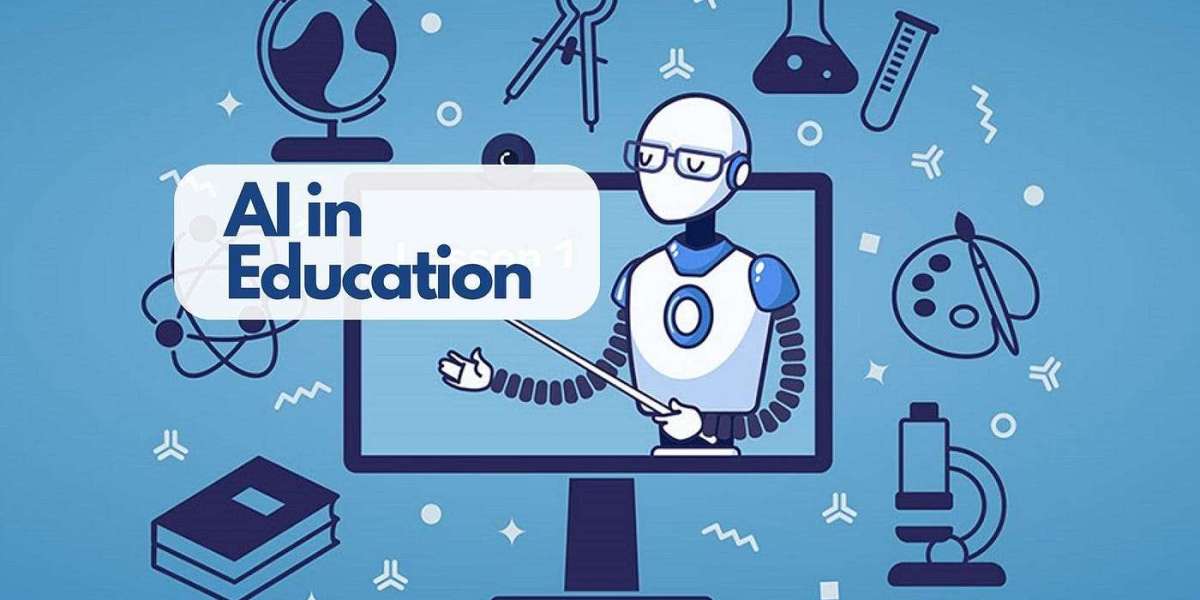In the digital age, the integration of artificial intelligence (AI) in education is reshaping traditional learning paradigms and opening up new avenues for personalized and immersive learning experiences. From intelligent tutoring systems to adaptive assessments, AI-powered tools are enhancing teaching and learning processes in unprecedented ways. In this insightful exploration, we delve into the transformative potential of AI in education and its myriad applications that are revolutionizing the way we teach and learn.
I. Understanding the Role of AI in Education
A. Defining AI in Education
AI in education refers to the use of artificial intelligence technologies to enhance teaching methodologies, personalize learning experiences, and streamline administrative tasks within educational institutions.
B. The Promise of Personalization
AI-driven algorithms analyze vast amounts of data to understand each student's learning preferences, strengths, and areas for improvement. This personalized approach allows educators to tailor instruction to individual needs, maximizing learning outcomes.
II. Applications of AI in Education
A. Intelligent Tutoring Systems
Explore how AI-powered tutoring systems leverage machine learning algorithms to provide personalized learning experiences. These systems adapt to students' progress, offering targeted interventions and feedback to support their learning journey.
B. Adaptive Learning Platforms
Discover the benefits of adaptive learning platforms that adjust content and pacing based on students' performance and comprehension levels. AI algorithms continuously analyze data to optimize learning pathways, ensuring maximum engagement and mastery of concepts.
C. Automated Grading and Feedback
Learn how AI streamlines assessment processes by automating grading and providing instant feedback to students. This not only saves educators valuable time but also enables timely intervention and support for students to address learning gaps.
D. Virtual Teaching Assistants
Examine the role of virtual teaching assistants powered by AI chatbots. These assistants provide 24/7 support to students, answering questions, offering explanations, and guiding them through learning activities, thereby fostering a supportive and interactive learning environment.
III. Advantages of AI in Education
A. Enhanced Learning Outcomes
Discover how AI-driven personalized learning experiences lead to improved learning outcomes by catering to individual student needs, preferences, and learning styles.
B. Increased Efficiency and Productivity
Explore how AI automates administrative tasks such as grading and lesson planning, freeing up educators' time to focus on instructional activities and providing targeted support to students.
C. Accessibility and Inclusivity
Learn how AI technologies can address accessibility challenges by providing accommodations for students with diverse learning needs, such as providing alternative formats for content or offering real-time language translation.
IV. Challenges and Considerations
A. Data Privacy and Security
Examine the importance of safeguarding student data and ensuring compliance with privacy regulations when implementing AI technologies in education.
B. Equity and Bias
Discuss the potential for AI algorithms to perpetuate biases or inequities, particularly in areas such as content recommendations or assessment scoring. Strategies for mitigating bias and promoting equity in AI-driven education systems will be explored.
V. Real-World Implementations of AI in Education
A. Case Study: Adaptive Learning in K-12 Education
Explore how a school district implemented an adaptive learning platform powered by AI to personalize instruction and improve student outcomes across diverse classrooms.
B. Case Study: AI-Powered Language Learning App
Discover how an AI-driven language learning app uses natural language processing (NLP) to provide personalized language instruction and practice opportunities for learners of all proficiency levels.
VI. Looking Towards the Future
A. Continued Innovation and Evolution
Discuss the potential for further innovation and evolution in AI-driven education technologies, including advancements in natural language understanding, virtual reality, and augmented reality.
B. Ethical and Responsible AI Use
Emphasize the importance of ethical and responsible AI use in education, including transparency, accountability, and considerations for student well-being and privacy.
Conclusion: Embracing the AI Revolution in Education
In conclusion, AI has the power to revolutionize education by personalizing learning experiences, increasing efficiency, and fostering inclusivity. As educators and stakeholders embrace the possibilities of AI, it is essential to remain vigilant about addressing challenges such as data privacy, bias, and equity. By harnessing the transformative potential of AI in education responsibly, we can create a future where every learner has access to personalized, engaging, and effective learning experiences, ultimately shaping a more equitable and knowledge-driven society.





